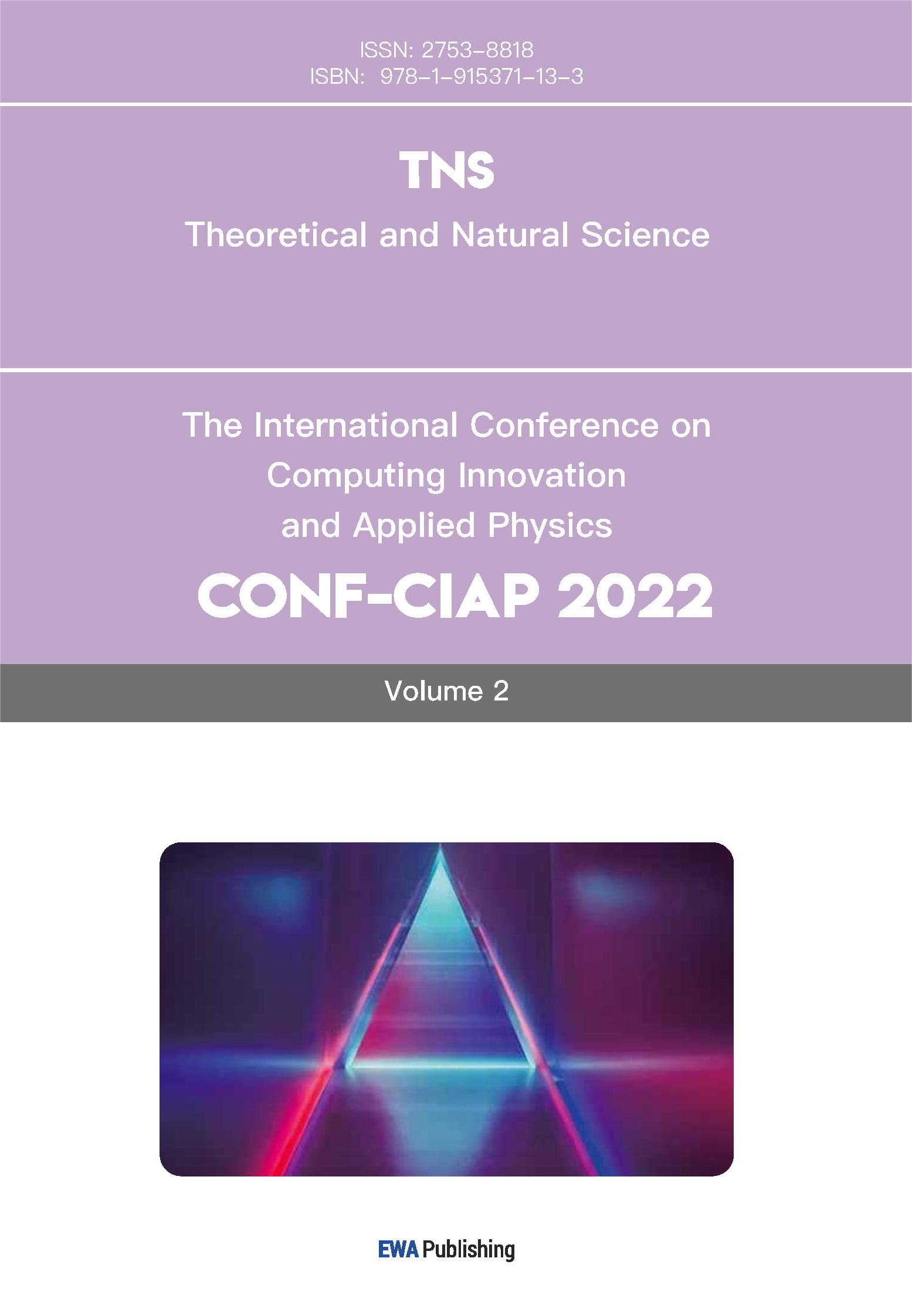References
[1]. Bajwa, J., Munir, U., Nori, A. and Williams, B. (2021) Artificial intelligence in healthcare: transforming the practice of medicine. Future Healthcare Journal, 8(2), e188-e194.
[2]. Bender, A. and Cortes-Ciriano, I. (2021) Artificial intelligence in drug discovery: what is realistic, what are illusions? Part 2: a discussion of chemical and biological data. Drug Discovery Today, 26(4), 1040-1052.
[3]. Wu, H.C., Chang, D.K. and Huang, C.T. (2006) Targeted therapy for cancer. Journal of Cancer Molecules, 2(2), 57-66.
[4]. Ren, F., Ding, X., Zheng, M., Korzinkin, M., Cai, X., Zhu, W., Mantsyzov, A., Aliper, A., Aladinskiy, V., Cao, Z., Kong, S., Long, X., Liu, B. H. M., Liu, Y., Naumov, V., Shneyderman, A., Ozerov, I. V., Wang, J., Pun, F. W., Polykovskiy, D. A., Sun, C., Levitt, M., Aspuru-Guzik, A. and Zhavoronkov, A. (2022) AlphaFold Accelerates Artificial Intelligence Powered Drug Discovery: Efficient Discovery of a Novel Cyclin-dependent Kinase 20 (CDK20) Small Molecule Inhibitor. Chemical Science, 14(6), 1443-1452.
[5]. Wu, K., Xia, Y., Deng, P., Liu, R., Zhang, Y., Guo, H., Cui, Y., Pei, Q., Wu, L., Xie, S., Chen, S., Lu, X., Hu, S., Wu, J., Chan, C.-K., Chen, S., Zhou, L., Yu, N., Chen, E., Liu, H., Guo, J., Qin, T. and Liu, T-Y. (2024) TamGen: drug design with target-aware molecule generation through a chemical language model. Nature Communications, 15, Article 9360.
[6]. Chatterjee, A., Walters, R., Shafi, Z., Ahmed, O. S., Sebek, M., Gysi, D., Yu, R., Eliassi-Rad, T., Barabási, A-L. and Menichetti, G. (2023) Improving the generalizability of protein-ligand binding predictions with AI-Bind. Nat Commun. 14(1), 1989.
[7]. Sederman, C., Di Sera, T., Qiao, Y., Huang, X., Welm, B. E., Welm, A. L. and Marth, G. (2024) Abstract 907: ScreenDL: A transfer learning framework integrating tumor omics and functional drug screening for personalized clinical drug response prediction. Cancer Research, 84(6_Supplement), 907.
[8]. Tan, S., Ding, Y., Wang, W., Rao, J., Cheng, F., Zhang, Q., Xu, T., Hu, T., Hu, Q., Ye, Z., Yan, X., Wang, X., Li, M., Xie, P., Chen, Z., Liang, G., Pu, Y., Zhang, J. and Gu, Z. (2025) Development of an AI Model for DILI-Level Prediction Using Liver Organoid Brightfield Images. Commun. Biol., 8, Article 886.
[9]. Richard, A. M., Huang, R., Waidyanatha, S., Shinn, P., Collins, B. J., Thillainadarajah, I., Grulke, C. M., Williams, A. J., Lougee, R. R., Judson, R. S., Houck, K. A., Shobair, M., Yang, C., Rathman, J. F., Yasgar, A., Fitzpatrick, S. C., Simeonov, A., Thomas, R. S., Crofton, K. M., Paules, R. S., Bucher, J. R., Austin, C. P., Kavlock, R. J. and Tice, R. R. (2021) The Tox21 10K Compound Library: Collaborative Chemistry Advancing Toxicology. Chemical Research in Toxicology, 34(2), 189-216.
[10]. Di Stefano, M., Galati, S., Piazza, L., Granchi, C., Mancini, S., Fratini, F., Macchia, M., Poli, G. and Tuccinardi, T. (2024) VenomPred 2.0: A Novel In Silico Platform for an Extended and Human Interpretable Toxicological Profiling of Small Molecules. Journal of Chemical Information and Modeling, 64(7), 2275-2289.



